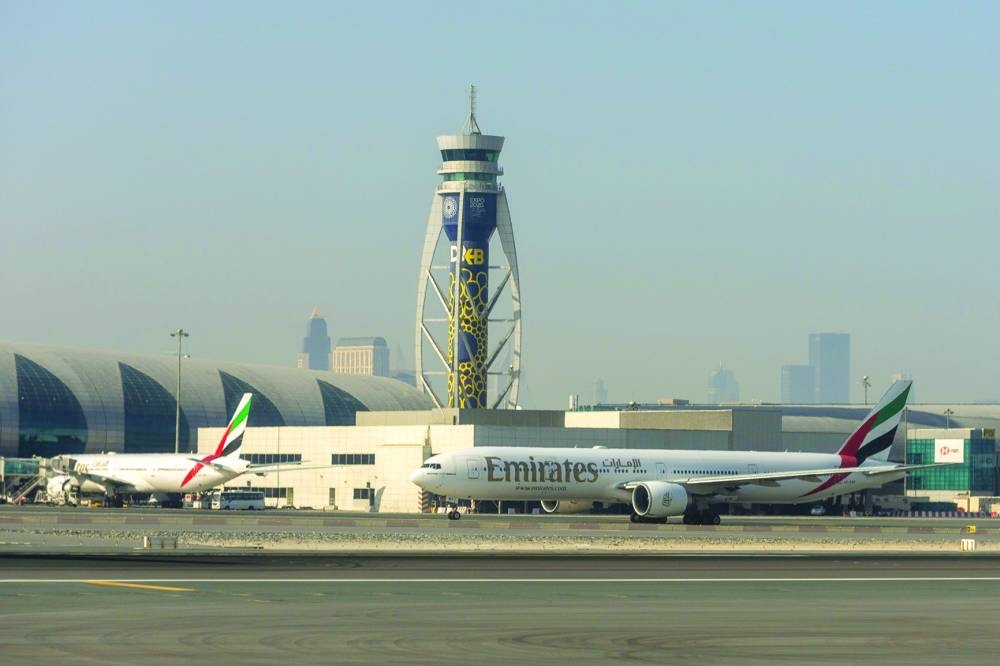
Per passenger profit in the region is expected to reach $11.2 this year and $13.3 in 2024, the International Air Transport Association (IATA) said in a recent update.
The region has clearly bounced back from the demand destruction caused by the Covid-19 pandemic with domestic and inbound travel reviving the region’s tourism economies.
Ticket sales are fluctuating around the 2019 (pre-Covid) levels, the International Air Transport Association noted.
The recovery in demand has been driven by large events in the region, according to Kamil al-Awadhi, IATA regional vice-president, (Africa and Middle East).
The number of leisure visitors to the region in 2023 is expected to reach 33mn, compared with 29mn in 2019.
When measured in dollar terms, the Middle East, GCC countries in particular, lead the way, in growth terms, with a 46% increase in inbound spend compared with 2019, noted the report produced in association with Tourism Economics, which was published to mark the opening of this year’s WTM London.
The Middle East is also outperforming all other regions for domestic travel, which has grown by 176% since 2019, albeit from a low base.
The success of the region’s recovery from the pandemic is driven by Saudi Arabia, United Arab Emirates and Qatar with their commitment to tourism showing signs of success.
The report notes that some GCC countries are investing heavily in tourism infrastructure, viewing tourism development as a key strategy to diversify away from hydrocarbons reliance.
Al-Awadhi emphasised that four priorities for airlines in the Middle East region are sustainability, passenger rights, clearing blocked funds and safety.
The region is tracking in the first half of 2023 at 1.2 accidents per million flights—slightly higher than the global average but is tracking towards an improvement on the region’s full year 2022 performance which was 1.3 accidents per million flights.
“Aviation is incredibly safe. And the performance of the region’s carriers is no exception. The goal must always to be to improve. And at these very high levels of safety performance, the best way to improve performance is through detailed data analysis,” al-Awadhi said.
Through IATA’s Global Aviation Data Management (GADM) initiative, it is creating the world’s most comprehensive database for aviation safety.
“We don’t yet have a comprehensive picture of the Mena region due to limited contribution by airlines from this region, but as more airlines contribute to the GADM, we will have a complete picture of safety performance and enable us to analyse trends and events that may not yet be evident.
“A good example of this data at work is our analysis of GPS signal loss. We have numerous reports from carriers operating in the region on GPS signal loss, which could potentially be a result of GPS jamming or GPS signal interference. Knowing this from contributed data is helping our work with ICAO and others in finding solutions,” al-Awadhi said.
Looking ahead, he said the priorities for the region’s airline industry is to see enhancement to the Contingency Co-ordination Framework, continue working with the States to ensure there exists an infrastructure that meets the needs of the airspace user with due regard to those of the provider; increasing access to more efficient and flexible routes through continued development of Civil Military coordination for the Flexible use of Airspace, further development of Free Route Airspace and Regional ATFM implementation.


